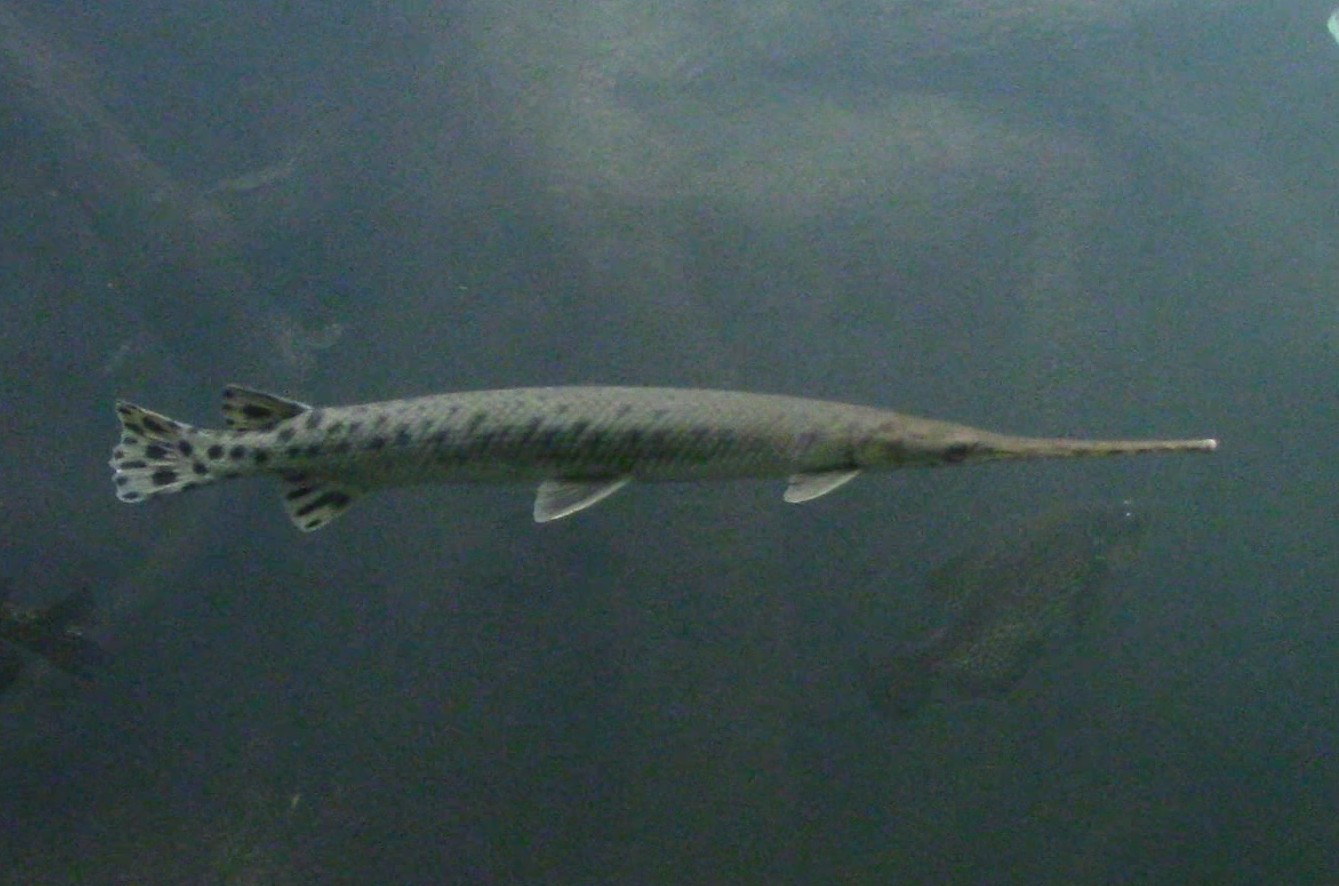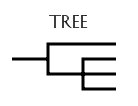
TELEOSTOMI
Neopterygii
Chapter Outline
- Description of Teleostomi
- Classification of Teleostomi
- Actinopterygii
- Neopterygii
- Teleostei
- Euteleosteomorpha
- Neoteleostei
- Acanthomorphata
- Euacanthomorphacea
- Percomorpharia
- Ovalentaria
- Sarcopterygii
- Paleo Teleostomi

NCBI Tree | Paleo Tree
Links to external sites will appear in pop-up windows.
Neopterygii is split between Holostei and Teleostei. This page focuses on the two orders of Holostei.
- Neopterygii
- Holostei
- Amiiformes - Bowfins
- Semionotiformes - Gars
- Teleostei (following pages)
- Holostei
| AMIIFORMES | |
This is the order of Bowfins. As of 2024, 2 species of Amiiformes have been observed in iNaturalist in the US and 2 throughout the world. Bowfins are endemic to North America.
FAMILY AMIIDAE
| Resources: |
| SEMIONOTIFORMES - GARS | |
Sometimes called "Lepisosteiformes", this is the order of Gars. As of 2024, 5 species of Semionotiformes have been observed in iNaturalist in the US and 7 throughout the world, though all gars are endemic to North America down to Costa Rica and Cuba.
FAMILY LEPISOSTEIDAE
|
Resources:
|
| [ Previous Page ] | [ Next Page ] |